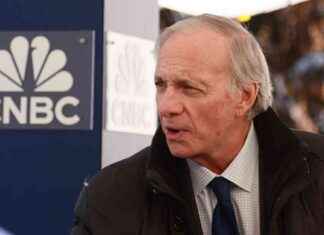The Bank of Korea (BOK) has decided to keep its policy rate at 3.50%, which is the highest in 15 years. However, a Reuters poll suggests that the rate is expected to be cut in the next quarter, around the same time as the U.S. Federal Reserve is likely to start easing its policies. In June, inflation in South Korea dropped to 2.4%, the lowest in 11 months, but it is still above the central bank’s target of 2%. Additionally, the Korean won has weakened by over 6% against the U.S. dollar this year, leaving the BOK with limited room to take a more dovish stance.
All 40 economists surveyed by Reuters between July 3-8 anticipated that the BOK would maintain the base rate at 3.50% on July 11. Stephen Lee, chief economist at Meritz Securities, mentioned that if the BOK decides to cut rates before the Fed, it could lead to a further weakening of the Korean won and put pressure on inflation. The consensus among economists is that interest rates will remain unchanged in the next quarter, followed by a 25 basis-point cut to 3.25% in the final months of the year.
Looking ahead, some economists predict that the BOK’s first rate cut may come in October, citing a resurgence in household debt and potential risks to inflation. Despite concerns about high household debt levels in South Korea, economists expect economic growth to improve this year, with an average of 2.5% in 2024 and 2.2% in 2025, compared to 1.4% last year. These forecasts align with the BOK’s own estimates.
In terms of inflation, economists project an average of 2.6% this year and 2.1% next year. The expectations for economic growth and inflation are key factors that the BOK will consider when determining its future monetary policy decisions. The overall outlook suggests a cautious approach to balancing economic growth and inflation in South Korea.








